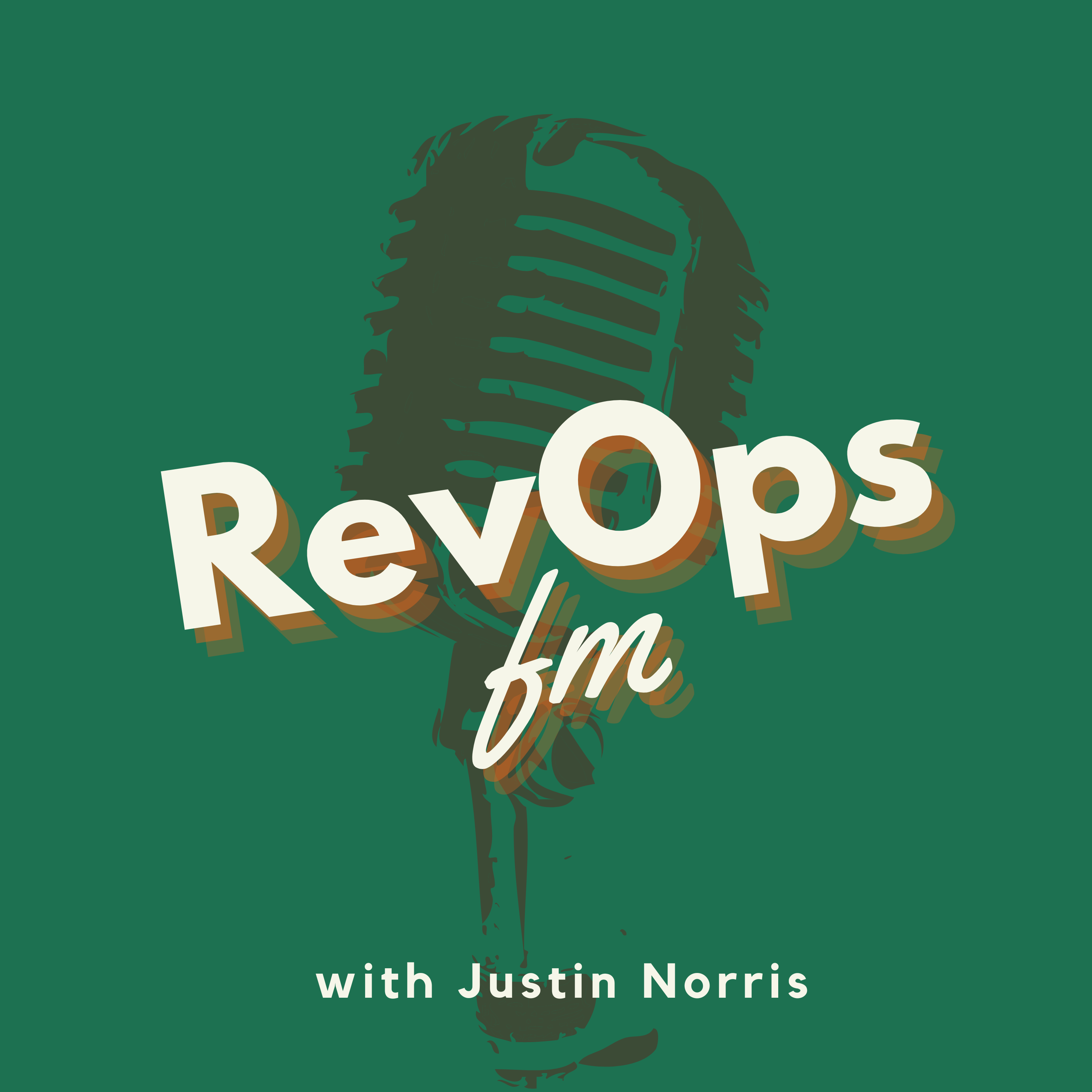Building a Next-Gen Composable Martech Stack - Niels Fogt
Description
For most of us in B2B, the marketing automation platform - aka "MAP" - is the anchoring piece of technology in the martech stack.
When I was first buying a MAP, there were way more options than today, but generally they all bundled a few core features together — sending emails, segmenting audiences, and creating workflows.
But is there a reason why you need to do your lifecycle processing in the same tool that you send emails with? What does a Martech stack look like where these roles are distributed differently?
Today's guest has answered that question and built an elegant and high-performing composable stack.
Thanks to Our SponsorMany thanks to the sponsor of this episode - Knak.
If you don't know them (you should), Knak is an amazing email and landing page builder that integrates directly with your marketing automation platform.
You set the brand guidelines and then give your users a building experience that’s slick, modern and beautiful. When they’re done, everything goes to your MAP at the push of a button.
What's more, it supports global teams, approval workflows, and it’s got your integrations. Click the link below to get a special offer just for my listeners.
Try Knak
About Today's Guest Niels Fogt is Sr. Director, Automation Solutions at tray.io. He's led and participated in a wide variety of initiatives within growth and marketing. Strong technical acumen. UX roots.
https://www.linkedin.com/in/uxstrategist/
Key Topics[00:00] - Introduction[02:31] - Niels’ journey as a martech architect [06:06] - Challenges with the traditional martech stack[09:13] - Developer mindsets and service-oriented architecture[12:10] - Applying automation capabilities across the organization[14:09] - Components of Tray’s martech stack[15:02] - The role of a customer journey tool[16:07] - Centralized lead processing in Tray[17:23] - Event collection[19:09] - Streaming events into automation tool vs. data warehouse [22:21] - Native vs. custom integrations[29:15] - Benefits of having a workflow layer in Tray vs. in a MAP[32:02] - Economics of using an iPaaS as a workflow layer[34:50] - Composable martech stacks [39:03] - Skillsets needed to operate a composable stack[40:01] - Future capabilities[41:25] - Relationship to business stakeholders
Resource LinksWhy low code is the future of lead management (and RevOps)Introduction to the lead processing pipeline on Tray.ioOpen source RevOps: Taking a closer look at the first few steps of the lead processing pipeline
Learn MoreVisit the RevOps FM Substack for our weekly newsletter:
Newsletter
More Episodes
This week we sit down with Mallory Lee, a seasoned RevOps leader whose career spans transformative roles at Pardot, Terminus, and more. Together, we tackle the realities of RevOps today, from debunking the myth that RevOps is the buyer for tech tools to navigating the challenges of unified...
Published 11/12/24
One of the most interesting projects I worked on recently was a rebuild of our ABM / outbound / buying signal tech stack at my day job.
I had bought one of the big legacy ABM platforms a few years ago but had never really seen the value we were hoping for, at least not enough to justify the...
Published 11/05/24
Published 11/05/24


